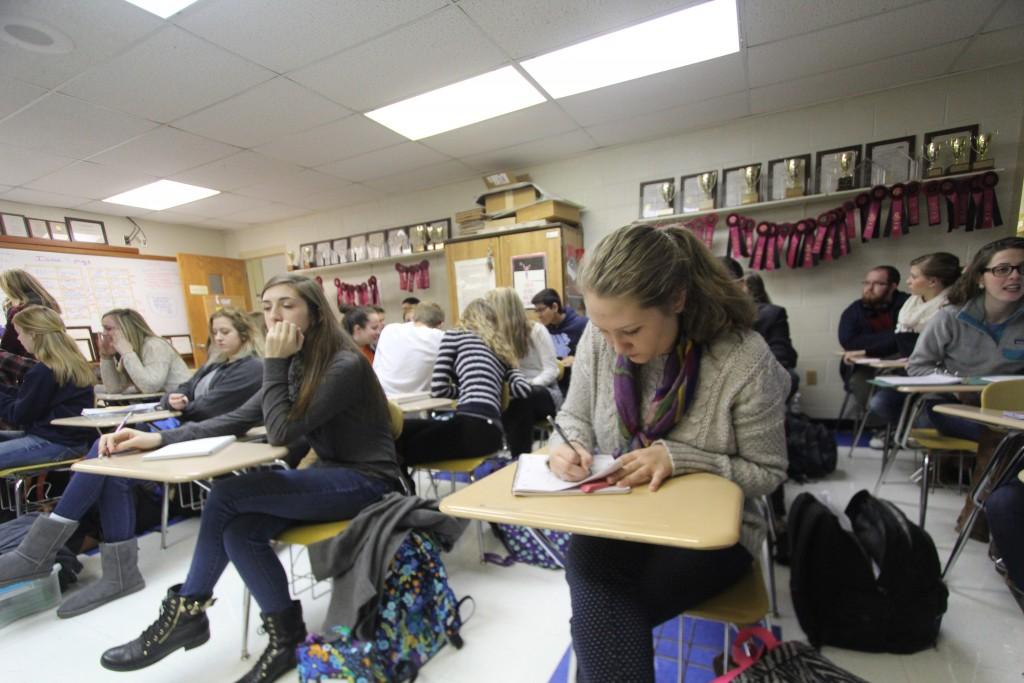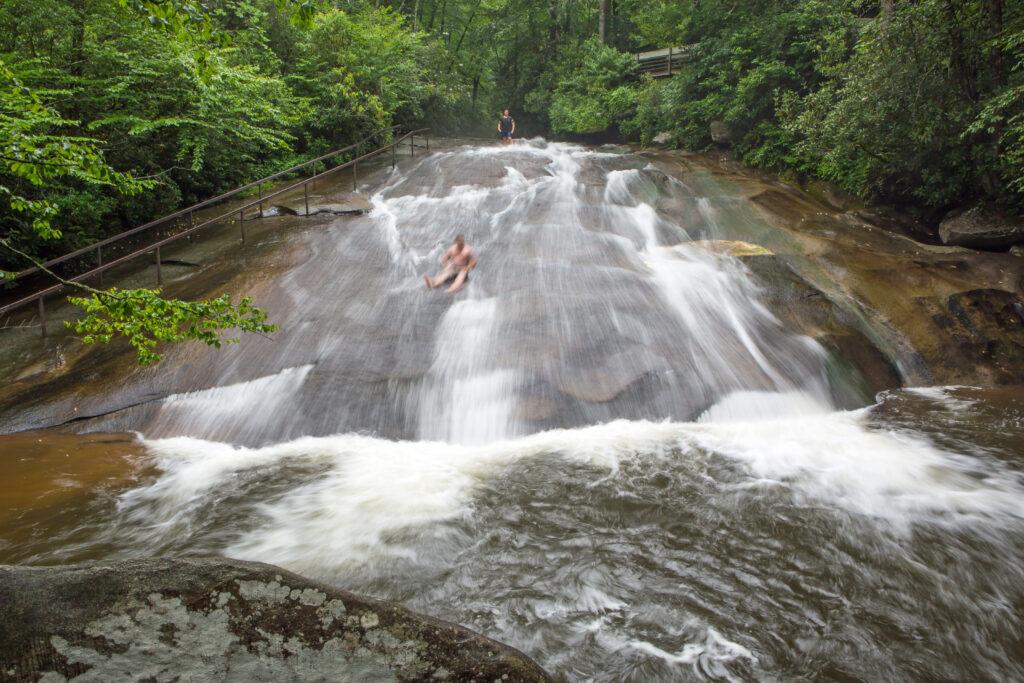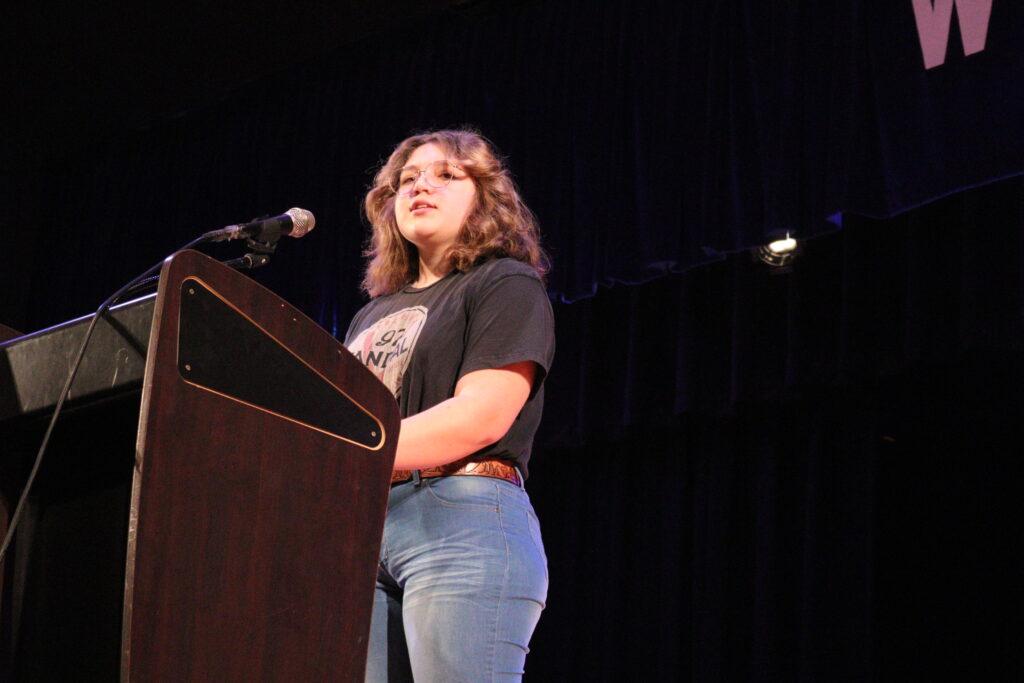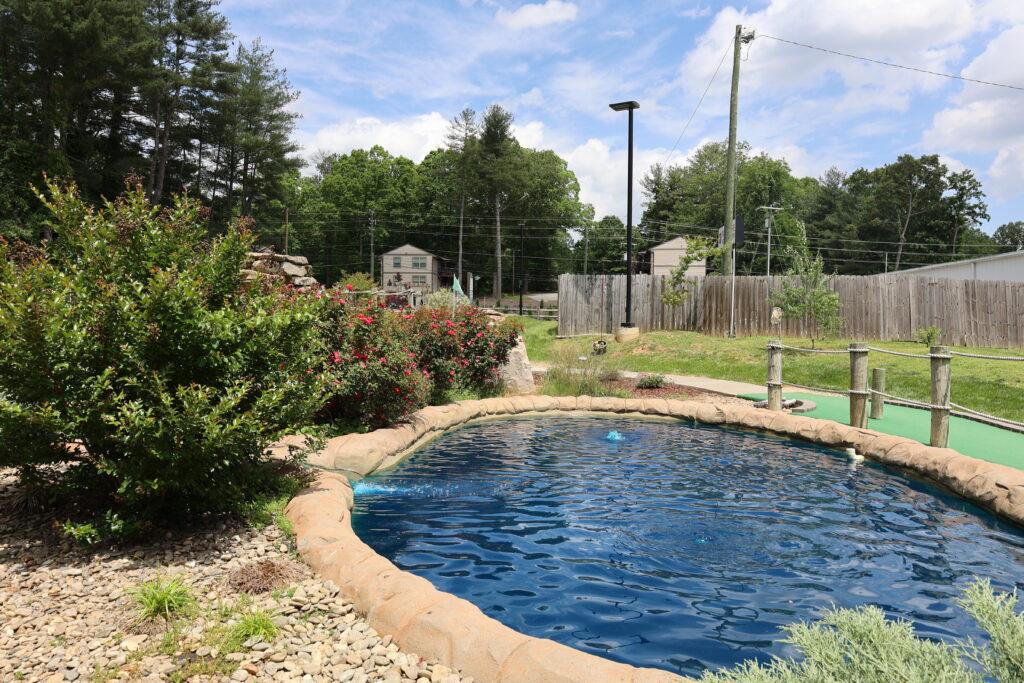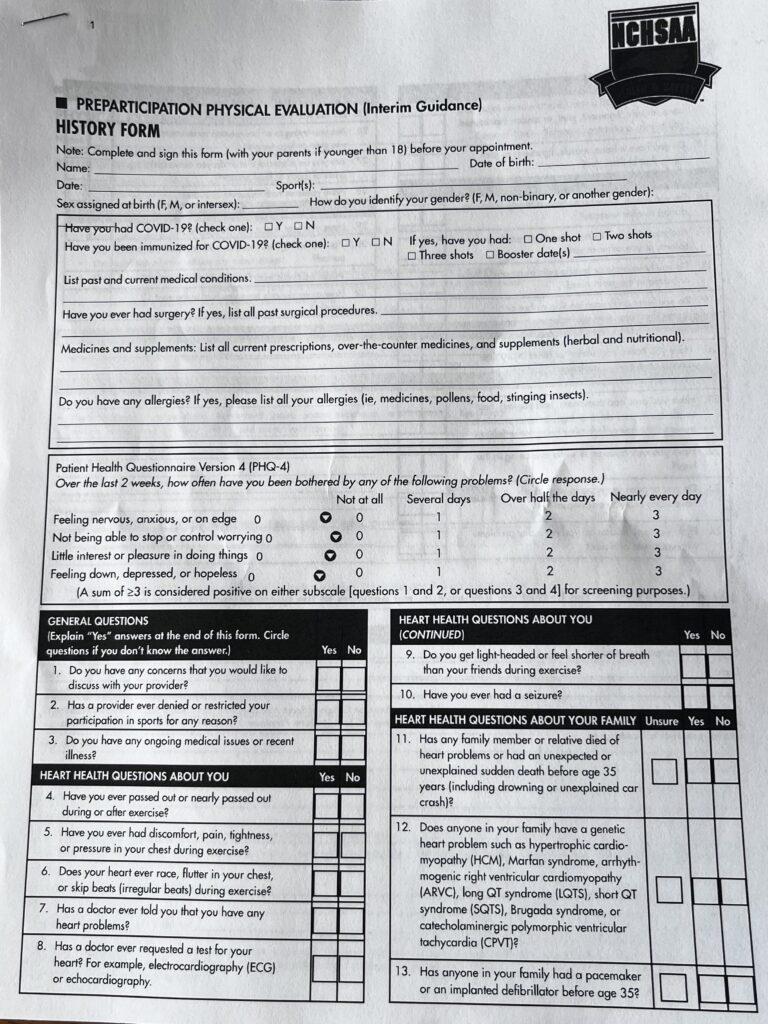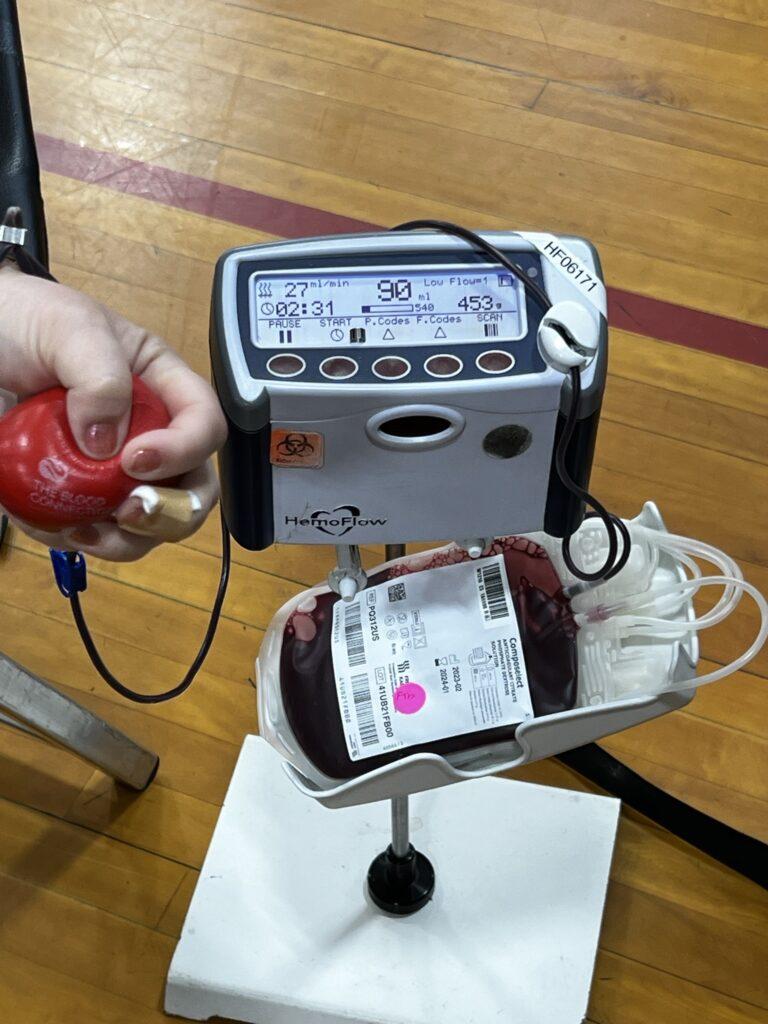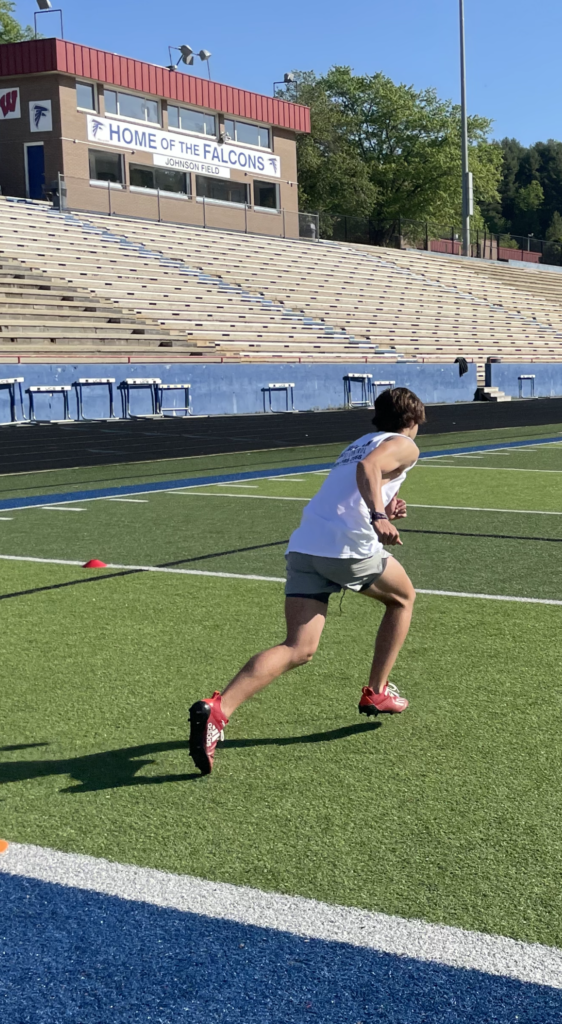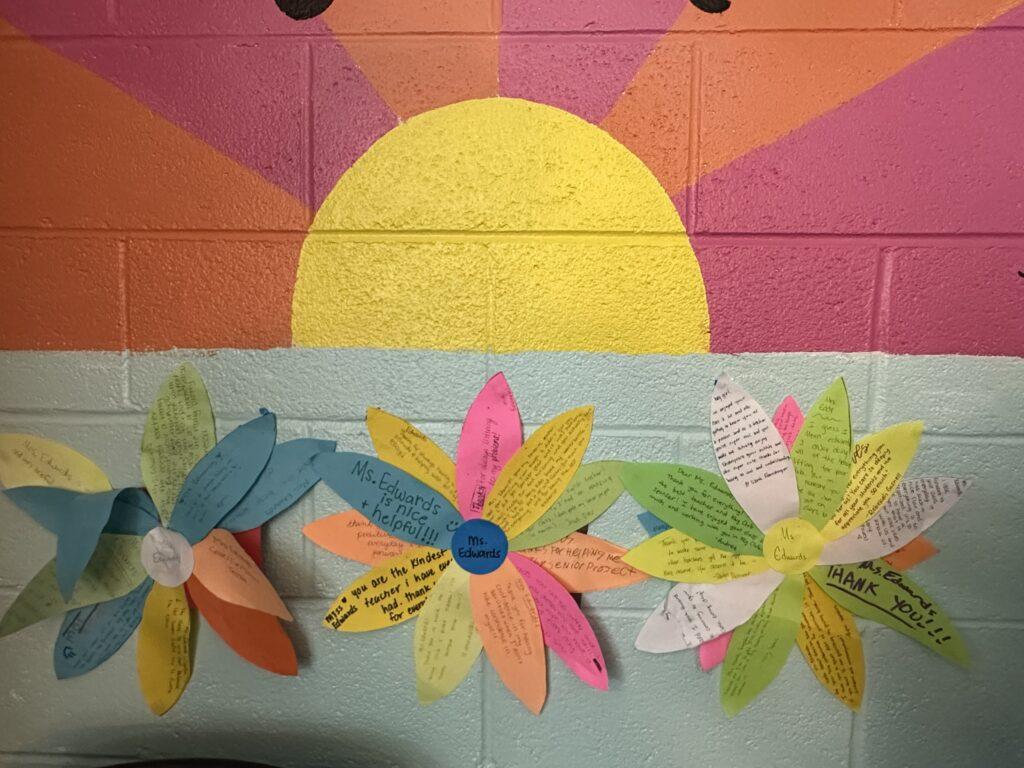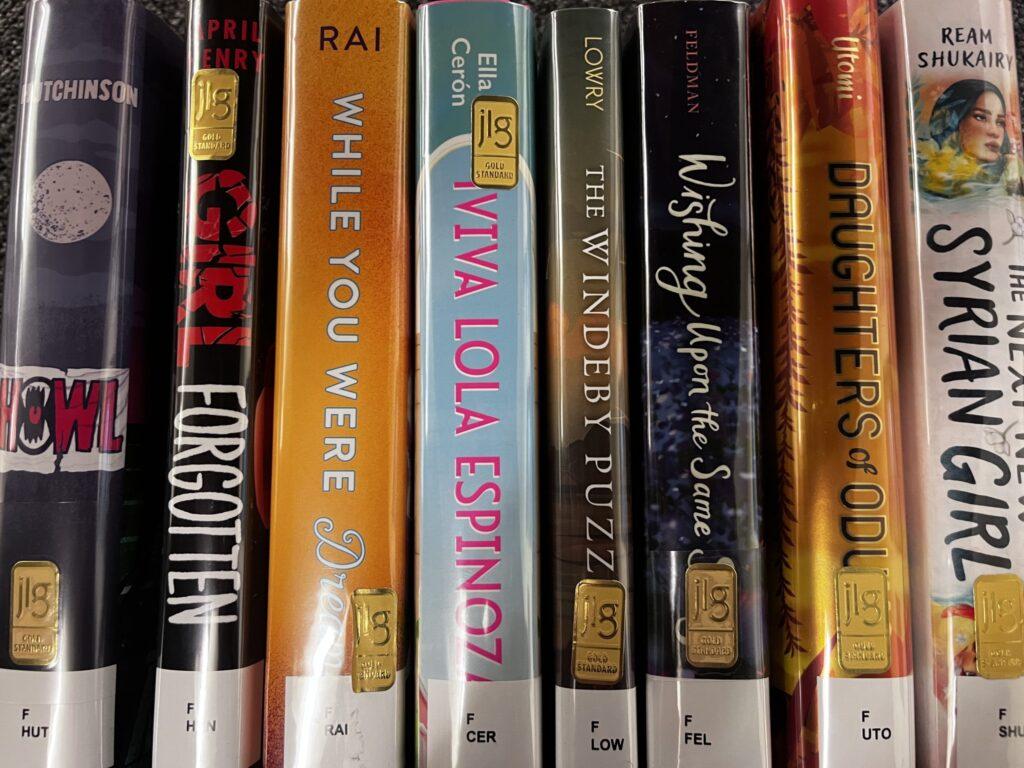Freshman Dalton Cole saw a sea of faces surrounding him. His earth and environmental science class was so large that there was not a desk left for him to sit in. Instead, he had to sit at one of the lab benches.
“I don’t really mind sitting at a lab bench,” Cole said. “The bigger the class is the more diverse the students are and you will get a variety of experiences.”
With state budget cuts, larger class sizes have become more common here and in many schools across the country. Class sizes range from 14 students in Spanish I to 32 students in Advanced Placement American History.
Students are almost evenly split between whether they enjoy a bigger class versus a smaller one.
“I don’t learn as well in a big class,” sophomore Archer Keefer said. “I still prefer a larger class, though, because I don’t like to speak out in front of the entire class. When there is a big class, there is less of a chance that you will be called on.”
According to he New York Times, teachers are also feeling the effect of a larger class sizes. It is more stressful for teachers to have a large number of students when they must contact all of the parents and be responsible every child’s specific needs.
A teacher from New York pointed out that the more students a teacher has, the more papers he or she has to grade and the more time it takes to complete a task.
The N.C. General Assembly recently removed caps on high school class size. A law recently passed in Florida does not allow elementary school classes to grow larger than 18 students. This law requires an additional teacher to be hired and the class to be split in half.
In a physical education class in Oakland the coaches are seeing two major concerns. The first major concern is keeping up with safety. When there are more students in a classroom, a teacher cannot focus on each student and what he or she is doing.
Another factor for physical education classes is the amount of active time that each child receives. When playing a simple game of kickball, students will spend more time waiting in line than actually getting an opportunity to participate.
Although it is hard to accommodate students in elective classes, it can be even more challenging for the students in academic classes. The N.C. Board of Education recently added a fourth required social studies class, a fact which could drive up the size of classes and limit the number of social studies electives.
“I prefer small classes over large ones,” freshman Conor Awald said. “I think it is easier to learn in a small class because there is more one on one time between the teacher and each of their students. I think that in the perfect class there should be no more than 20 students.”
An article on ncte.org suggests that with a smaller class there are fewer discipline issues and more time for the teacher to focus on teaching. With a smaller class there is more interaction between each of the students and the teachers can spend more time focusing on individual needs rather than what the majority of the class needs.

